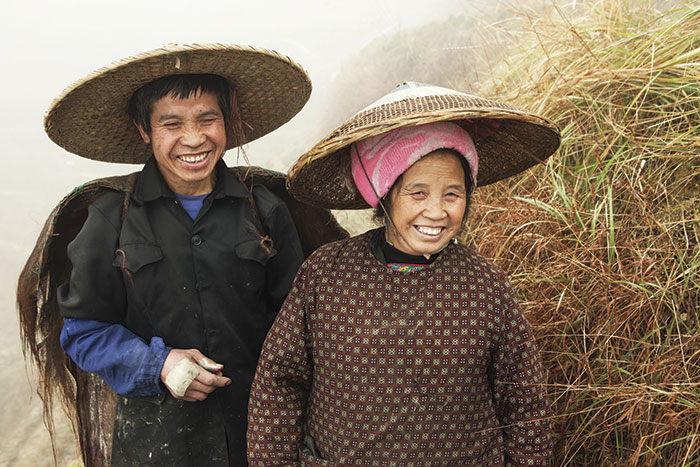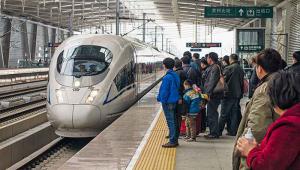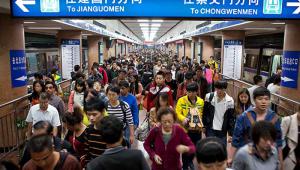We are now into the final decade of the Sustainable Development Goals (SDGs). The ambitious global development agenda has spurred new policies, investments, and collaboration to tackle significant social and environmental challenges confronting the world. Yet based on progress to date, Asia and the Pacific will not achieve any of the 17 goals by 2030. More positively, the United Nation’s SDG progress report for the region notes that steps have been taken towards ending poverty (Goal 1) and ensuring that everyone has access to quality education and lifelong learning (Goal 4). In addition, measures are being taken to achieve affordable and clean energy (Goal 7).
Yet even where progress is being made toward attaining certain goals, the UN assesses that it is too slow to meet targets by 2030. Nearly half a billion (479 million) people are still undernourished in Asia and the Pacific. To achieve SDG 2 in the region, more than 3 million people must escape hunger each month from now until December 2030, according to a recent UN report. For more than half the SDGs, progress in the region is stagnant or heading in the wrong direction.
This situation is made more sobering by continued uncertainties around the economy, including whether or not a phase 1 trade agreement between the United States and the People’s Republic of China will be successfully implemented, India’s withdrawal from the oft-postponed Regional Cooperation and Economic Partnership, and continually slowing growth.
“It is up to governments to display sustained leadership and commitment”
In December, ADB lowered its forecast gross domestic product (GDP) growth in the region to 5.2% in both 2019 and 2020, down from its forecasts of three months earlier of 5.4% growth in 2019 and 5.5% in 2020. ADB also hiked its September 2019 forecasts of inflation from 2.7% in both 2019 and 2020, to 2.8% in 2019 and 3.1% in 2020.
ADB’s economic researchers find that many countries in Southeast Asia have experienced export declines and weaker investment. In East Asia, the growth rate is now likely to be lower than previously envisioned due to factors including trade tensions and a slowdown in global activity. Households have been affected by a doubling in pork prices compared to a year ago. In India, consumption has been affected by tepid job growth and rural distress aggravated by a poor harvest. Rising prices and slowing economic growth across the region do not create an environment conducive to a strong new push on the SDGs.
In these circumstances, what can be done in 2020 to get the SDG train back on the track in Asia and the Pacific? It is up to governments to display sustained leadership and commitment, and to enact supportive macroeconomic policies. They also need to prioritise public expenditures for the SDGs, improve internal coordination among ministries, and create the conditions for the range of concerned stakeholders to make their contribution, including the business community, consumers, NGOs, and international donors.
“Hundreds of millions of people are depending on timely action for their well-being, livelihoods, and security”
Improving the business climate, including through more coherent, stable and sensible regulatory frameworks, can stimulate vital investment in infrastructure so critical to meeting numerous SDG targets. The People’s Republic of China, India, Pakistan and Tajikistan are among the countries found to have made doing business easier between May 2018 and May 2019, according to the World Bank. Their recent reforms can serve as inspiration to other nations to make their own domestic changes.
Homi Kharas and John McArthur of the Brookings Institution have examined needs, spending and financing for universal achievement of the SDGs. They argue that governments should include SDG spending into government financial accounting and reporting, review international public finance volumes and allocations through an “SDG needs lens”, and create SDG-consistent integrated national financing frameworks to help guide effective SDG-related public spending. They further recommend that countries and their international partners work to align the international finance system with the SDGs, and encourage implementation of SDG-anchored national frameworks.
Although Asia and the Pacific is not where it needs to be to meet the SDGs, there remains a decade to make up for lost time. Yet changes in approaches are required soon to get the regional SDG train back on track to its destination by 2030. Hundreds of millions of people are depending on timely action for their well-being, livelihoods, and security.
This article first appeared on the Asian Development Bank website.














